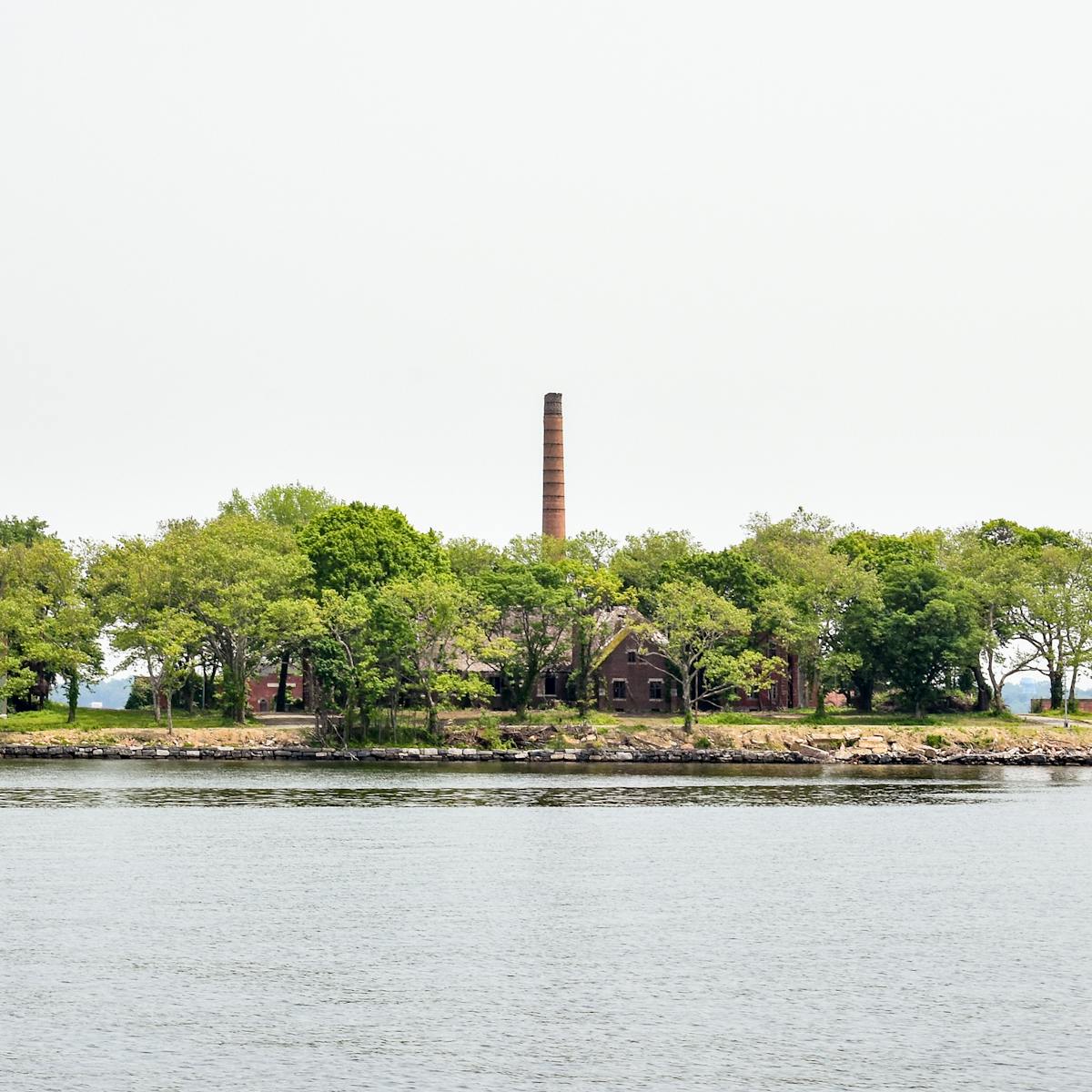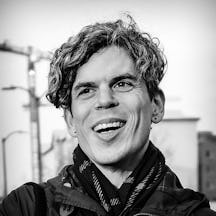New York City’s Hart Island is home to a million bodies, many unidentified. Even now, each year the remains of over 1,000 unclaimed bodies are taken there. But recent legislation, plus work by charities, is beginning to change the way cities treat those who die in such isolation.
Anywhere people have lived and died, there has been the question of how to treat the dead who have no one to care for them. They are the unidentified, unknown and unclaimed. They are migrants, homeless, travellers far from home, the stillborn, and the elderly bankrupted by end-of-life care. Anyone could find themselves among their number, yet there is no universal approach to how to dignify this lonely state of death.
For over a century in New York City, this population of the departed has been interred on a slender mile-long landmass off the coast of the Bronx in the Long Island Sound. Difficult to visit and out of view from most New Yorkers, Hart Island is almost hidden despite an estimated million people buried in its earth.
The public burial ground opened in 1869 on an island that has long been used for things the city needed but didn’t want to see: a mental asylum, a poorhouse, a tuberculosis sanatorium, a reformatory (a prison for young offenders), even Nike missiles. Some ruined buildings survive, recalling this history.
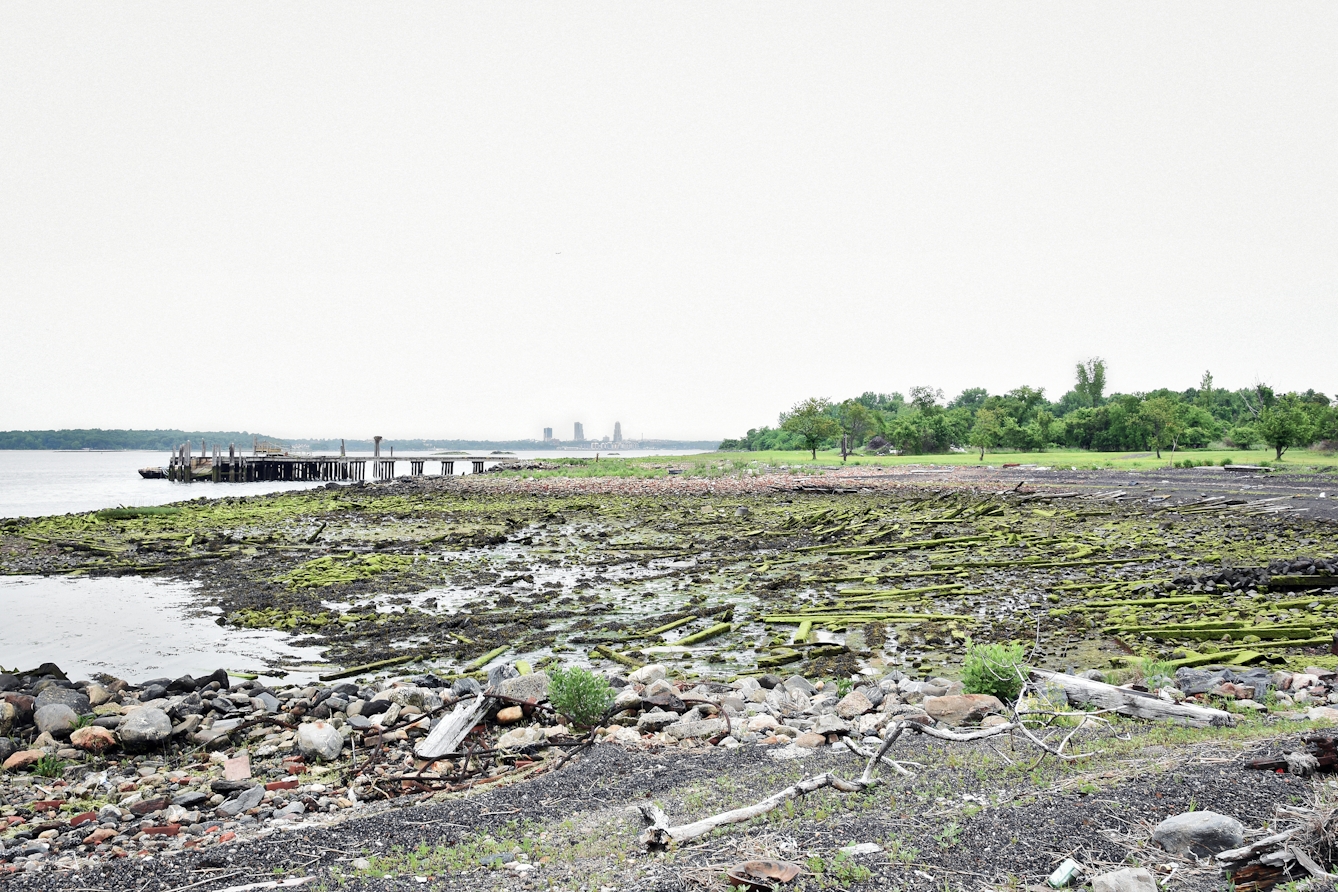
Eroding shoreline near the boat dock, Hart Island.
Compounding isolation with quarantine
While people from all walks of life have been buried on Hart Island, they have commonly represented the marginalised, including the homeless and impoverished. During the AIDS epidemic, when fear of the disease was rampant and understanding of its spread was uncertain, many victims were buried in a quarantined corner.
In recent decades, inmates from the nearby Rikers Island jail complex have served as gravediggers. Plain pine boxes – layered three deep – are placed in shallow trenches that cut through the landscape of scrub plants and sporadic clusters of trees. Some coffins are marked with names, many just numbers. When the trenches are filled – with around 150 to 162 adults or 1,000 infant or foetal remains – markers of concrete or white plastic piping mark the mass grave.
Oversight by the Department of Correction has made access to the island laden with bureaucracy and restricted by security concerns. Although advocacy through grassroots groups like the Hart Island Project has led to more regular visits for family members and loved ones in recent years, it is still far from being as accessible as an ordinary cemetery. Members of the public have only been able to take a monthly ferry to a single site: a gazebo in the centre of a grassy lawn.
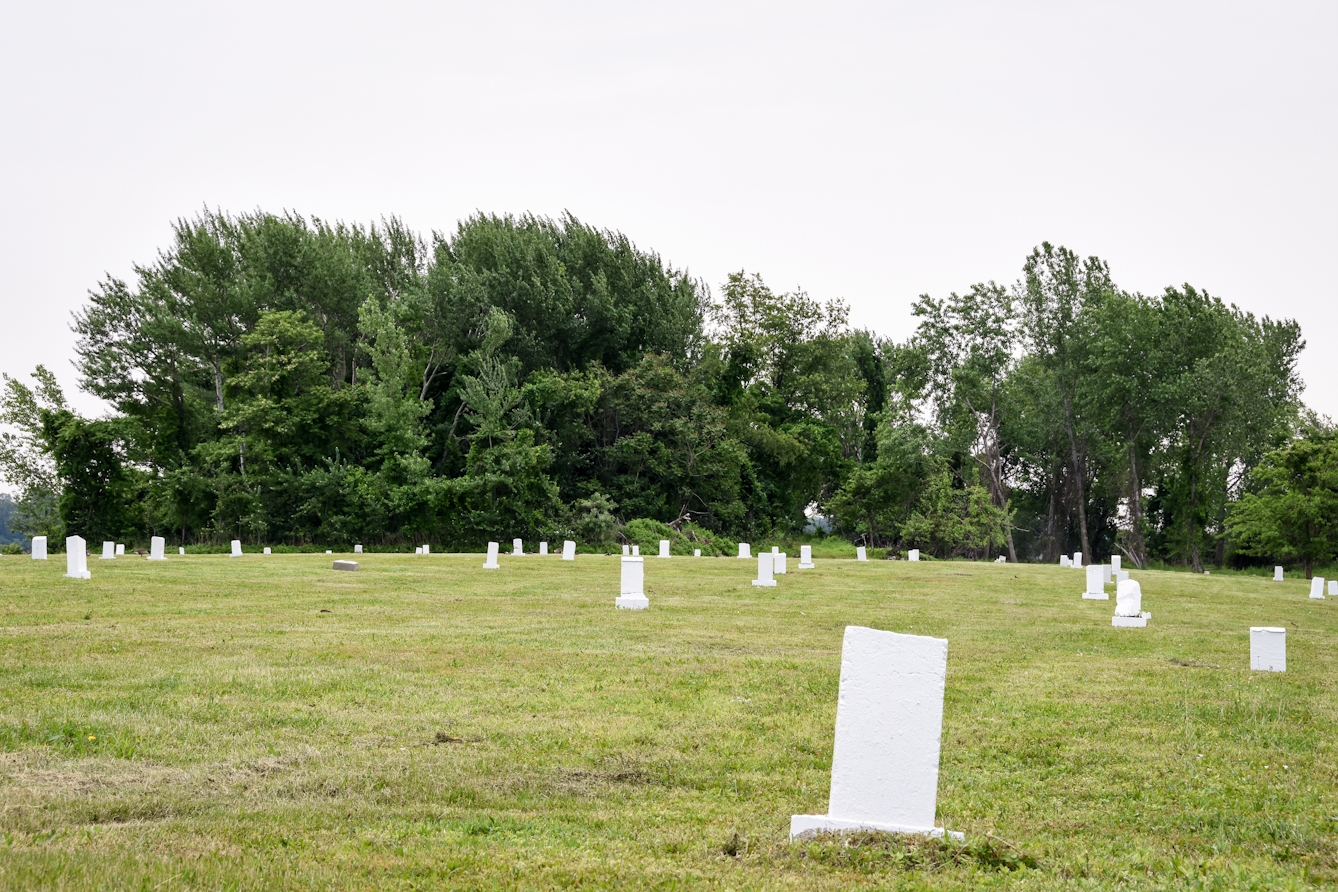
Grave markers near the pumping station, Hart Island.
On 4 December 2019, New York Mayor Bill de Blasio signed four bills that will transform Hart Island. One transfers control from the Department of Correction to the NYC Parks Department. Another authorises plans to increase access via a public ferry service; there will also be an office to help with public burial arrangements. Significantly, these bills promise to lift some of the stigma created by the island’s isolation and connection to the prison.
There are questions about how these changes will be implemented and, importantly, how the future unclaimed dead will be treated as the island shifts identity from mass grave to public space. Although Hart Island – considered the largest tax-funded cemetery in the United States – is unique in serving the biggest population in the country, cities have long faced this challenge of managing the dead.
Consigned to the outskirts
Hart Island is a ‘potter’s field’: a burial ground for unknown or destitute people. The name is linked to the New Testament verse in which the chief priests use the silver that Judas remorsefully returned to them after betraying Jesus to buy a “potter's field to bury strangers in” outside Jerusalem. In the colonial era of the United States, potter’s field burials were on the outskirts, or even in the public square.
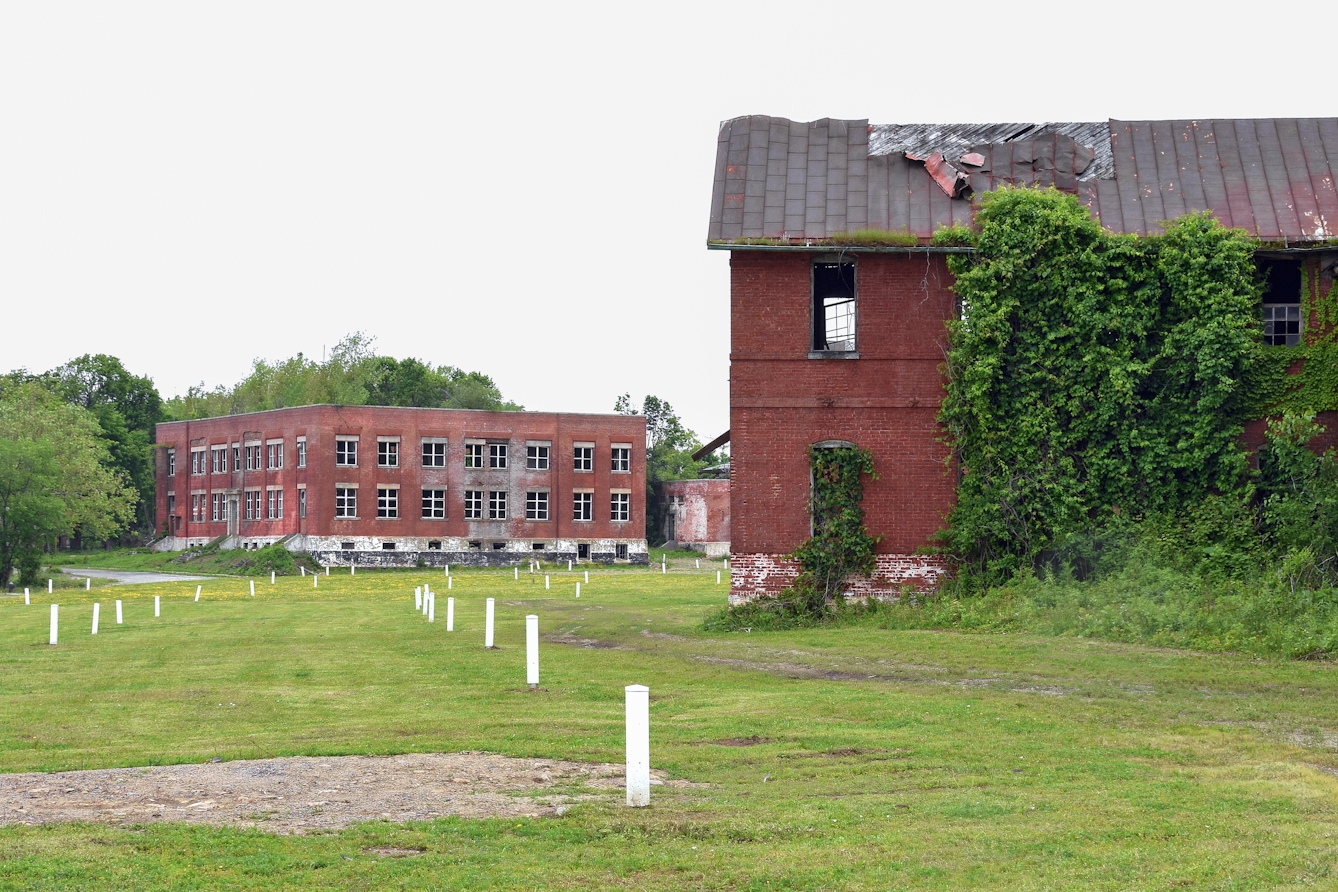
Grave markers near the reformatory campus, Hart Island.
As Gary Laderman writes in ‘The Sacred Remains: American Attitudes Toward Death, 1799–1883’, most potter’s fields “in large northern cities before the Civil War were under the jurisdiction of the city government and often functioned as burial space for individuals who were thought to have posed a danger to the public body while alive”.
As cities became more crowded and land more in demand, burials were pushed to the edges. New York City previously had potter’s fields at present-day Washington Square Park, Madison Square Park, and Bryant Park. The 2009 to 2013 renovation work of Washington Square identified several intact graves as well as a tombstone for a 1799 victim of a yellow fever epidemic.
The most frequent fate of the unclaimed is cremation and then a long wait on a medical examiner’s shelf. This does little to humanise the dead.
Burials of the unclaimed in the United States continue to be managed by local governments, although whether that’s the state, city or county government varies. The processes for contacting next of kin and how long to wait before burial or cremation, and then how long to hold on to the cremated remains, likewise differs from place to place.
Furthermore, local laws related to the unclaimed can be outdated or vague. For example, Pennsylvania’s sole law for taking care of the unclaimed dead dates back to 1883 and was initiated as an anatomy act to support medical dissection and stop grave robbing.
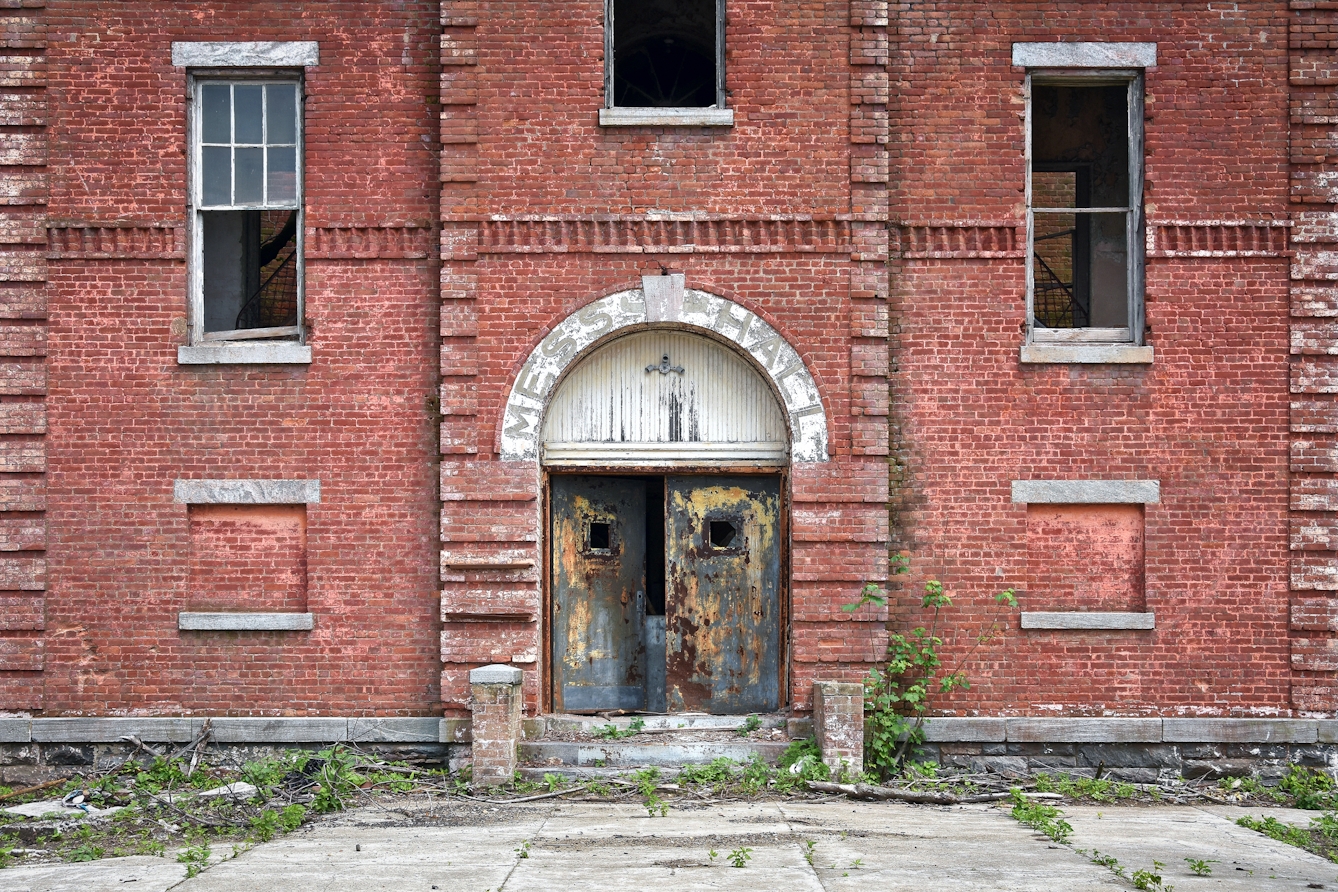
Abandoned mess hall near the active burial area, Hart Island
The most frequent fate of the unclaimed is cremation and then a long wait on a medical examiner’s shelf. This does little to humanise the dead, so many cities have enacted systems to give the unclaimed a final memorial.
In Philadelphia cremated remains are kept for ten years then buried together under a simple stone; one in Laurel Hill Cemetery reads: “1,500 citizens consigned to earth, City of Philadelphia, 2010.” After three years, North Carolina scatters the ashes of the unclaimed dead at sea. Los Angeles County buries cremated remains as a group after three years of storage. Since 1896, a public service has commemorated this interment, with an interfaith ceremony now reflecting the diverse beliefs of the area.
All of these options require taxpayer money, which can be limited, especially with tightening state budgets. Oregon established an Indigent Disposition Program in 1993 that funds cremations, while Kansas ended its state support of indigent burials in 2010 following budget cuts.
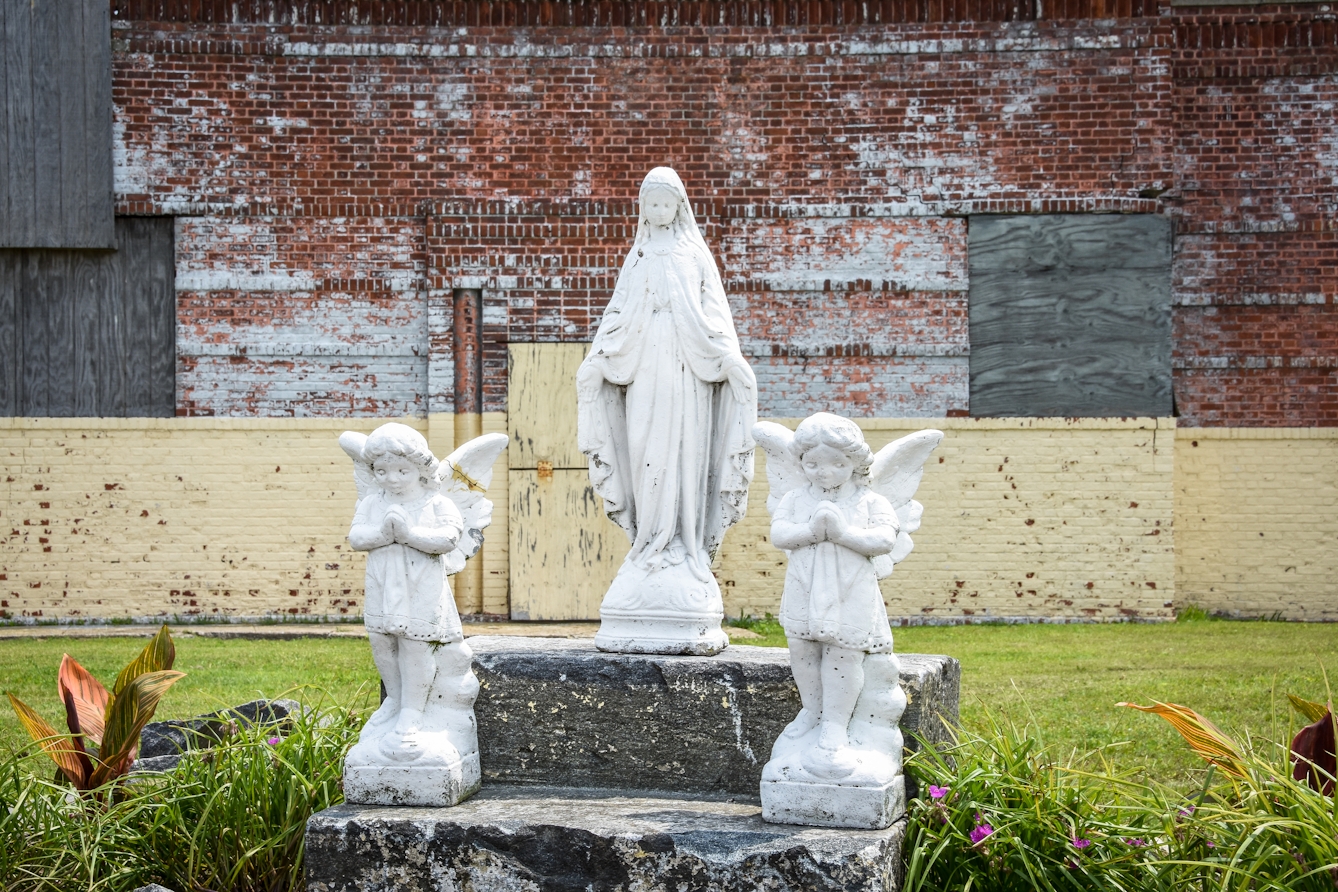
Temporary memorial created by the Department of Correction, Hart Island.
In 2015, Cook County, which includes Chicago, responded to the major backlog in its morgue by appointing an “indigent coordinator”, who is tasked with seeking out family members, connecting them with affordable burial services, and finding respectful resting places for the unclaimed.
A chance to celebrate individual lives
With scarce local resources, some places have found success in partnering with an outside organisation. The non-profit Garden of Innocence is working to set up memorials for abandoned and unidentified children, with their current locations concentrated in California. Within New York City, the Foundation for Dignity was established in 2014 expressly to ensure that “all Staten Island residents receive a dignified burial on Staten Island, and that no one be relegated to Hart Island”.
It’s hard to estimate how many dead go unclaimed in the United States; according to data from the New York City Council, in 2018 1,213 people were buried on Hart Island. Graciela M Castex noted in 2007 for Social Work journal, “No national data on indigent burials or unclaimed bodies are collected, and data collected at the state level are often erratic and incomplete.”
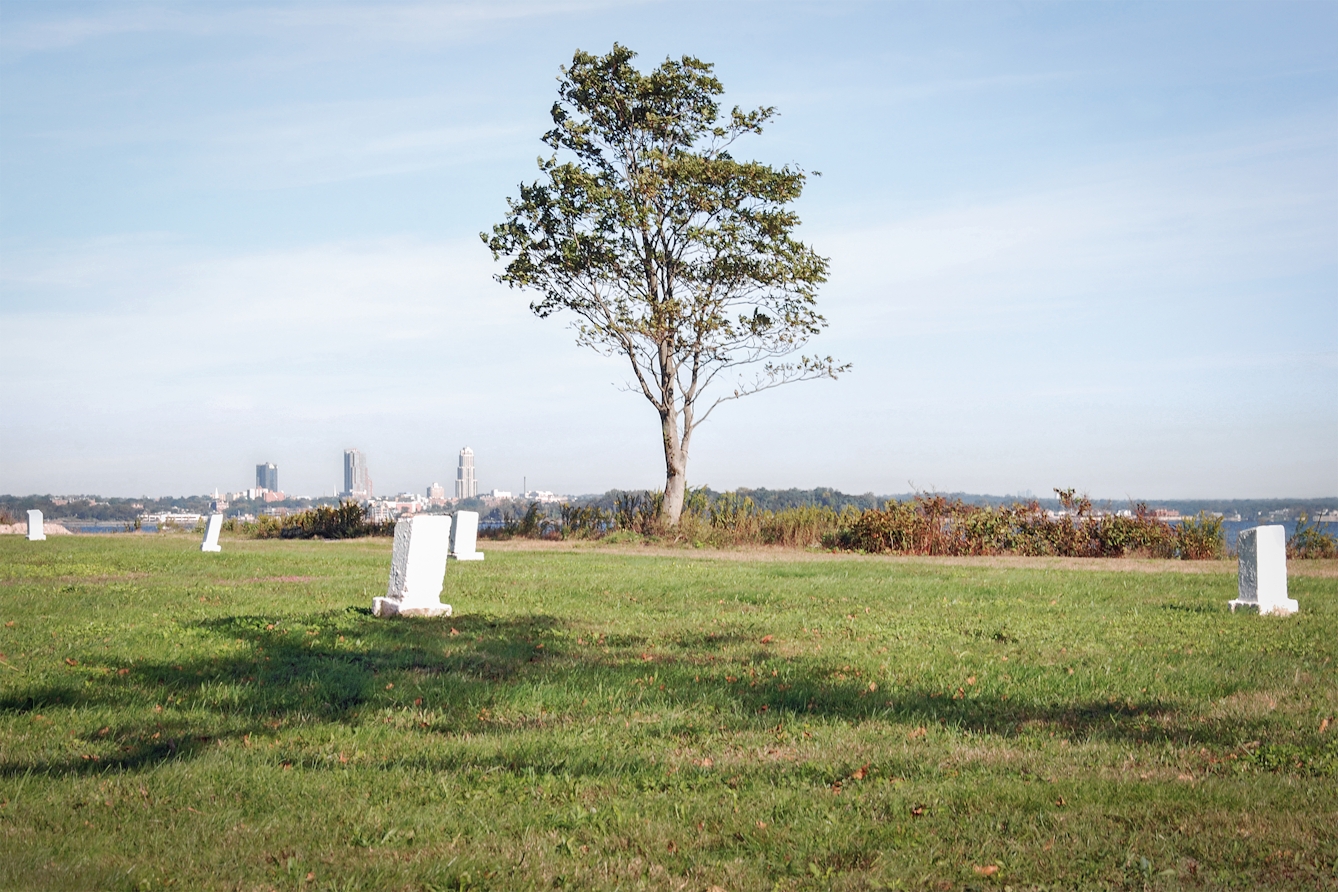
Grave markers near the peace monument, Hart Island.
One of the few scholarly investigations of the unclaimed dead is a 2016 article for the Journal of Forensic Sciences by a group of researchers who focused on the unclaimed of Indiana’s Marion County between 2004 to 2011. They concluded that “the nature and characteristics of the unclaimed dead and the factors involved in going unclaimed might strengthen the ability of public authorities to reduce the numbers of unclaimed dead”.
The high costs of funerals, a healthcare system with costly end-of-life care, the continued crisis of homelessness, and countless other circumstances leave many with no option but a public burial. Yet despite the burden of cost and responsibility, it is an opportunity for communities to celebrate the departed as individuals, and to return some dignity to them that was absent at death.
About the contributors
Allison C Meier
Allison C Meier is a Brooklyn-based writer who focuses on history and visual culture. She was previously Senior Editor at Atlas Obscura and more recently a staff writer at Hyperallergic.
Aaron Asis
Aaron Asis is an artist and photographer who draws from a lifetime of curiosity and exploration to inspire the photographic documentation of underappreciated landscapes. His work focuses on the unique ability of art and photography to create connections between government agencies, community organisations and special-interest groups.
